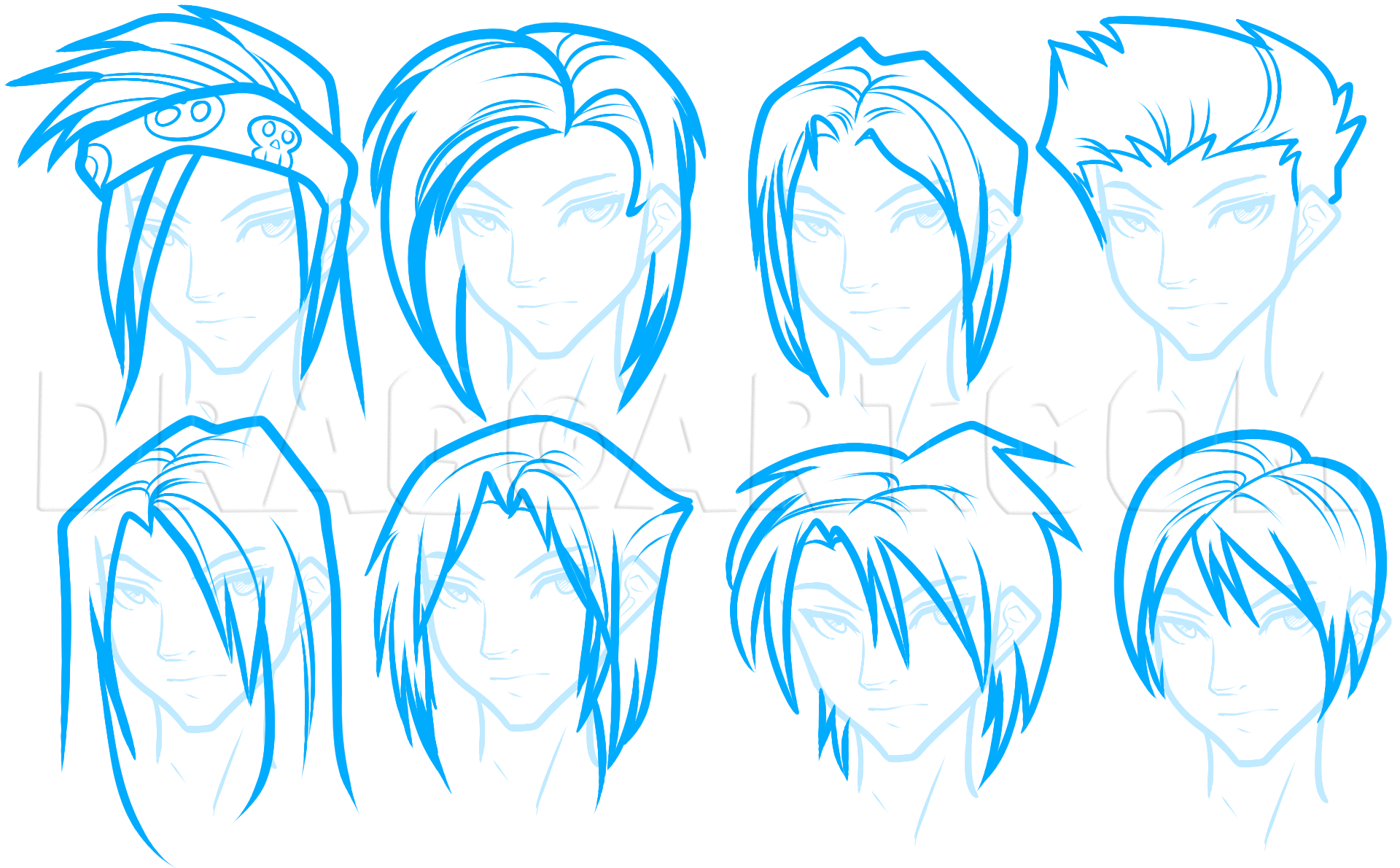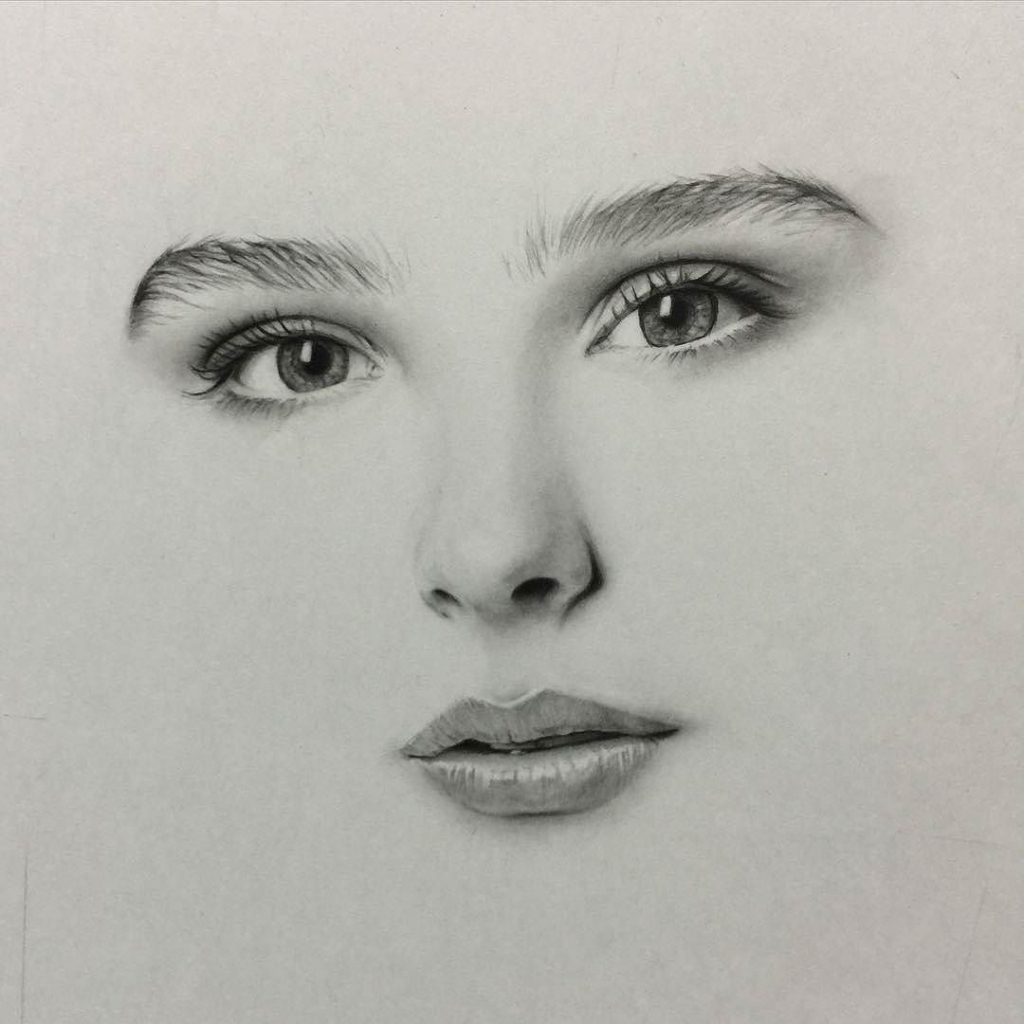How to draw isometric drawing
Table of Contents
Table of Contents
If you’re interested in creating three-dimensional drawings that look realistic, then you’ve come to the right place. In this blog post, we’ll be sharing tips and tricks on how to draw an isometric drawing, and help you create stunning artwork that pops out of the paper.
Potential Challenges
One of the main challenges people face when it comes to creating isometric drawings is getting the angles right. Unlike traditional drawings, isometric drawings require precision and accuracy to achieve the desired effect. Additionally, choosing the right materials and tools ahead of time and understanding the basics of isometric drawing are essential in creating an isometric drawing that looks professional.
Steps to Draw an Isometric Drawing
Firstly, start by choosing the proper drawing materials and tools required for this art form. Isometric drawing requires specialized paper and a set of pencils. Once the materials are in place, the art of creating an isometric drawing begins.
Firstly, draw a horizontal line at the bottom of the paper. This mark serves as the basis for your isometric drawing. Then, draw an equilateral triangle; ensure that each corner of the triangle is at 60-degree angles relative to the horizontal line. Continue by adding lines from each corner of the triangle to the bottom of the rectangle. This will define the height of your drawing. Then proceed to add parallel lines extending from the vertical sides of the rectangle to the top of the page; this creates a 3D view of your isometric drawing.
Main Points
In summary, preparation is critical in creating an isometric drawing. Choosing the right materials, setting the correct angles, and using parallel lines offer you the correct perspective to achieve this art form.
Understanding the Grid
The isometric drawing process utilizes a simple grid. Each line on the grid represents the same proportion in height, depth, and width, regardless of position on the page. Since objects placed on each line are of equal proportion, they are considered to be in Isometric Projection. Getting comfortable with the grid is one of the primary challenges of producing an isometric drawing, but patience and practice will help you overcome any obstacles.
The Role of Precision
Accuracy is one of the most important aspects of isometric drawing. The precision required in creating an isometric drawing is far greater than those required in a traditional two-dimensional drawing. A single un-measured angle might make the difference between a good drawing and a great one. Being patient, careful, and paying attention to the details are key to producing high-quality isometric drawings that catch everyone’s eye.
Benefits of Isometric Drawing
Isometric drawings have massive benefits over two-dimensional drawings. They tend to look more realistic and offer a more detailed view of your drawing than traditional two-dimensional drawings. Isometric drawings provide an accurate projection of the measurements, making it a preferred choice in technical drawings.
Question and Answer Section
Q. What materials are required for an isometric drawing?
A. Isometric drawing requires specialized paper and a set of pencils specifically designed for this art form.
Q. What is the importance of precision when creating an isometric drawing?
A. The precision required in creating an isometric drawing is far greater than those required in a traditional two-dimensional drawing. A single un-measured angle might make the difference between a good drawing and a great one.
Q. In what way do isometric drawings differ from other three-dimensional drawings?
A. Isometric drawings have the same proportions in height, depth, and width, regardless of position on the page.
Q. How do you ensure your isometric drawing has an accurate projection of the measurements?
A. Choosing the proper grid, practicing patience, and paying attention to detail during the drawing process are essential to an accurate isometric drawing projection of measurements.
Conclusion of How to Draw an Isometric Drawing
Drawing isometric has been around for centuries, allowing artists to create highly detailed and realistic drawings that are unique to the art form. With the right materials, patience, and attention to details, anyone can learn how to draw an isometric drawing.
Gallery
How To Draw Isometric Drawing
Photo Credit by: bing.com / drawing isometric orthographic getdrawings views draw three personal
Drawing Isometric From Two Orthographic Views - Engineering Stack Exchange

Photo Credit by: bing.com / isometric drawing orthographic engineering views two questions
Isometric Drawing Exercise Isometric Draw … | Isometric Drawing

Photo Credit by: bing.com / isometric drawing exercises orthographic autocad drawings 3d draw exercise pdf cad multiview solidworks axonometric sketch shapes mechanical engineering tutorial projection
Gags’ Blog: Drawing: Isometric Sketch

Photo Credit by: bing.com / isometric sketch drawing drawings projection sketches paper architecture graph gags geometric 3d shapes sketching besøk meaning random scene ve been
PPT - Isometric Drawing PowerPoint Presentation - ID:3001508

Photo Credit by: bing.com / projection






